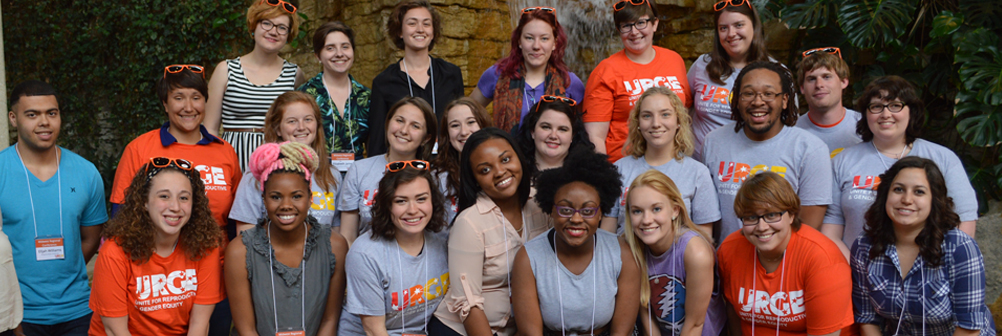Masculinity and Queerness
Posted by URGE Staff
April 10, 2014
The thing about “ideal masculinity” is that we will always fall short. I didn’t even stand a chance growing up, playing with my sisters’ Barbie dolls and gossiping with the girls during recess. I was also sexually attracted to other men, and although I wouldn’t claim the word gay until the age of 18, I knew that my attraction didn’t fit what a man should be.
This tension between my masculinity and sexuality became the centerfold of a very arbitrary process concerning what I could and couldn’t do. I could think about men, I reasoned, as long as I didn’t date one or admit it out loud. Just as I could watch Disney movies, but not wear the color pink. Internalizing this impossible standard of masculinity, I didn’t have the freedom to explore my own identity. I didn’t feel safe asking myself questions like Who am I? or Do I feel comfortable expressing myself this way?, because even when others weren’t policing my behavior, I learned to police myself.
Coming out of the closet, I received an entirely new set of messages about what it meant to be a man. Like those I had heard from my father and other mainstream sources, these messages made a sharp distinction between masculinity and femininity. But whereas mainstream society tells me I must always portray myself as masculine, the messages I received from queer communities were far more complex, although equally as pervasive.
For example, I learned that in order to be ‘read’ as queer (for other people to perceive me as being a legitimate member of this community), I should be feminine. My queerness tends to be measured in relation to how far I deviate from mainstream masculinity, so to be queer I should wear tight T-shirts, talk with my hands, and sashay while I walk. This trope portrays the queer man as essentially anti-masculine.
Yet, at the same time I’m told to be feminine, I’ve also been taught that masculinity is more valuable and attractive. For example, gay dating profiles often proclaim things like “Masc(uline) 4 masc” or “no queens/femmes”. This inevitably stigmatizes femininity, and fosters an environment that praises masculine gay men as “straight-acting”. As a feminine gay man, meanwhile, I’m told that I’d be lucky if such a man ever fell for me. But it’s a Catch 22, because while so-called straight acting men are considered attractive, it is much more difficult for them to claim queer identities. “You can’t be gay,” people would say, “You’re such a man!”, reinforcing the idea that queer men must be feminine.
These narratives are misogynistic, devaluing feminine gay men for exhibiting characteristics associated with women, much as women in our culture are seen as inherently less valuable than men. They also place so much pressure on me to act one way (or the other?) that I hardly feel safe to explore what gender expressions feel most authentic to me. It’s unreasonable to expect me to pick between masculinity and femininity when I am comfortable performing both in different situations. But it’s impossible for me to explore these various combinations of masculinity and femininity when they are not only seen as polar opposites, but when one is also valued over the other. Until we can accept masculine men as gay and feminine men as desirable, we’re stuck and there aren’t any real winners.
Authored by Derek Siegel, the current Field & Training Intern at Choice USA. He is a junior at American University in the Women, Gender, and Sexuality Studies program.
Leave a Reply
You must be logged in to post a comment.

